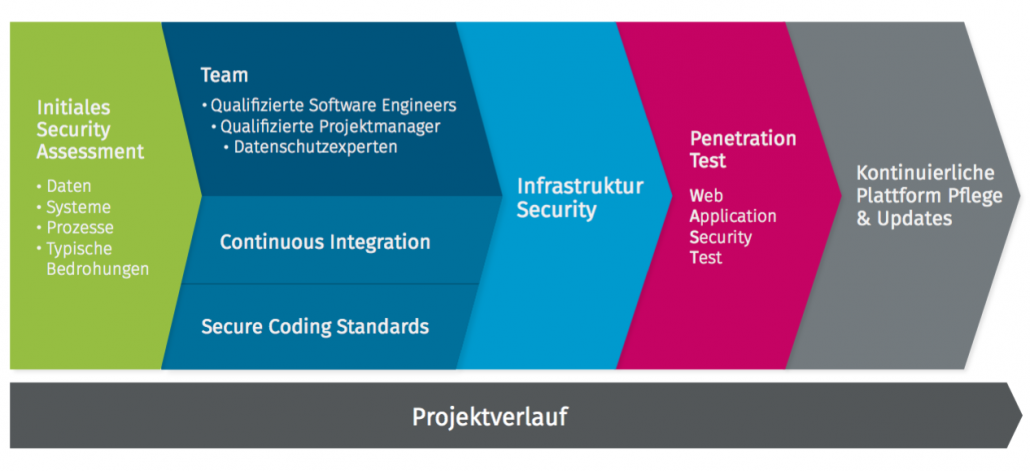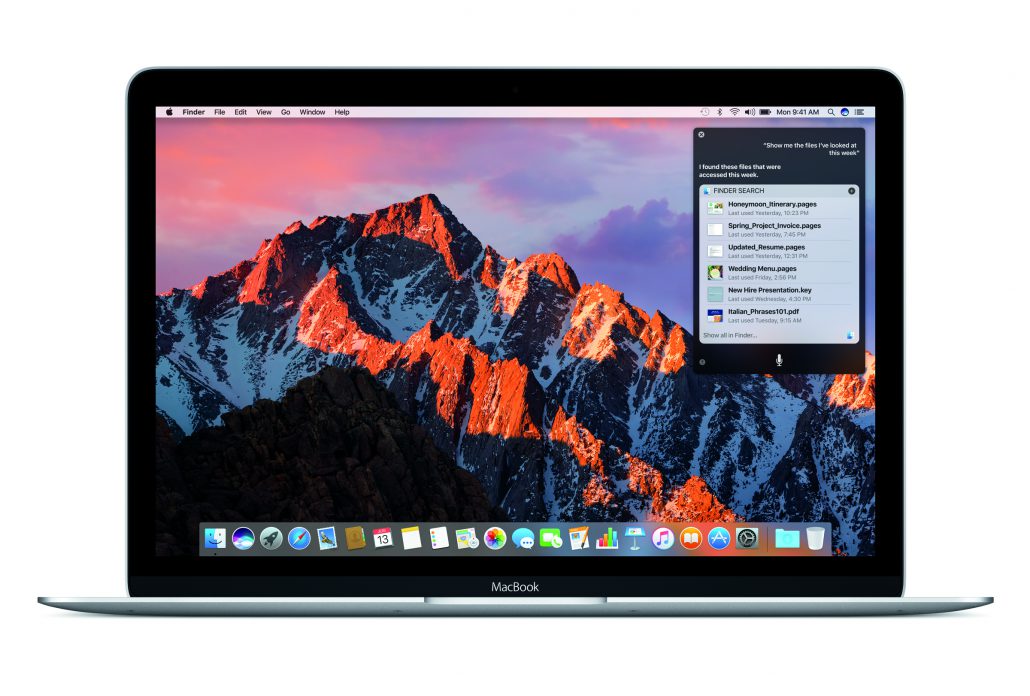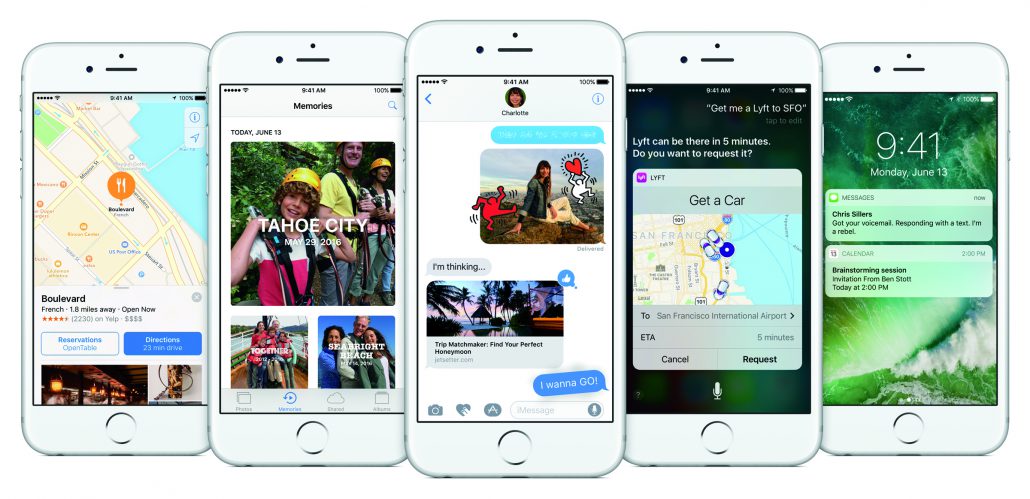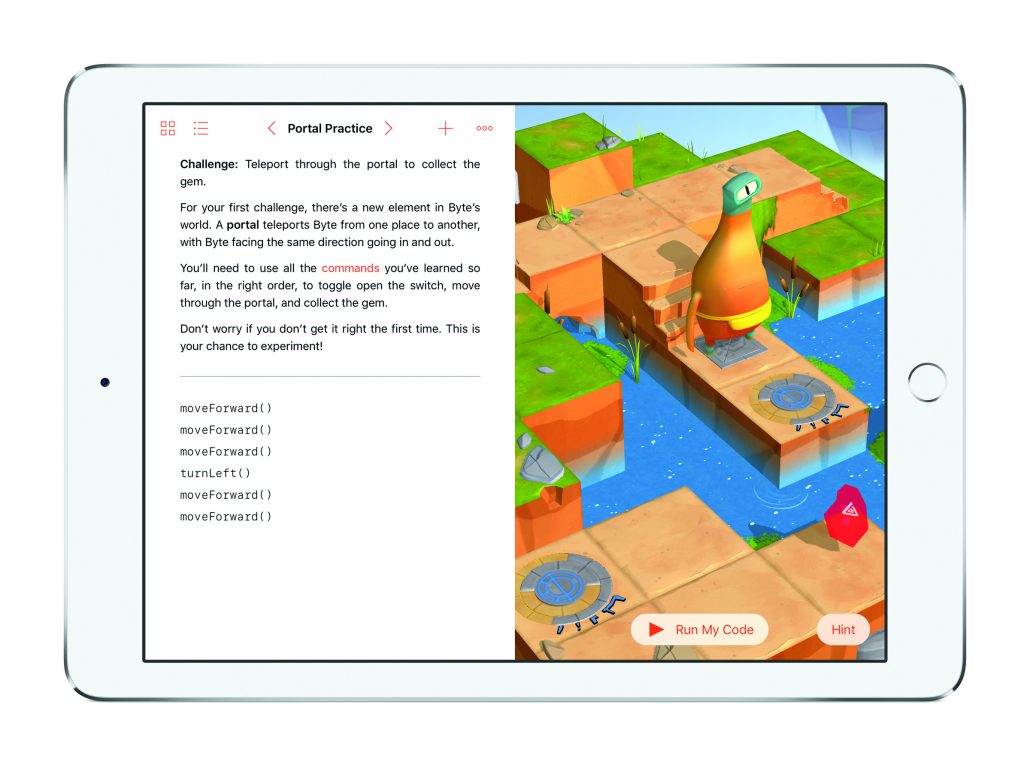Seamless commerce, connected retail, customer centricity: these are only some of the catch phrases, which these days bombard participants uninhibited, at conferences, trade shows and in workshops. They all should explain, how a relevant, added value can actually be created. And yet, I wonder occasionally, if the concept “connected commerce” is not sometimes misunderstood.
The goal of “connected commerce” is namely not, to find solutions for imaginary problems, in order to be able to create a case of application for the latest “hot shit”. In fact, technology, services, and applications should be intertwined in a way, that smart approaches are created, to solve the actual and real (!) customer problems. With everything that you do, the following question must remain central: What do my customers really need in their specific situation, in order to be perfectly happy? If the latest trends can help with that, all the better. If not, we simply have to develop other ideas.
Know your customers like you know yourself
Therefore, the challenge is to gain a comprehensive knowledge about the own target audience, which goes beyond simple sociodemographic characteristics. Tracking and sophisticated data analysis tools are a good start for this. Often, you learn about the attitudes and needs of the customers best through a direct confrontation with them – for example through interviews, observations, or user tests.
The provided results can also be potentially surprising and present a new, completely unthought-of challenge. But that is exactly how it works with transformations and disruptive processes. They wake us up and open our eyes to the needs and requirements, which the customers actually have.
WORK, WORK, WORK
When the wishes, expectations, and concrete problems of customers become known, you can begin to work out concrete solutions for them. The best way to do so, is to test the first prototypes in a few stores.
The advantage of prototypes is obvious: short development and release periods. Furthermore, they are cheaper than extensive solutions and are still sufficient for testing approaches. They can consist of graphic click dummies or first application versions, in which the idea is implemented with basic functions. The form, as a start, does not completely matter yet. It is essential that contact with customers takes place and the first experiences with exposure to the solution are collected. For this, it is naturally important, to establish processes for the continual improvement of the solution, in which user feedback loops and corrections to the prototype are planned for.
Setbacks and a perceived failure are, incidentally, effective for work on prototypes. Even if it sounds trite: you learn more from mistakes than from successes. And with every critique, the solution is improved! Whether the prototype is expanded in the end, elaborated as a real project, or discontinued and replaced by a new solution approach – and whether the newest hot shit is actually called into action, doesn’t have to be definite at this point of time. What is important: little by little you get closer to the needs of your customers.
With the technology that is already available to us today, many actual customer problems are solvable. For that, concentrating on the hurdles in the Customer Journey is necessary, as well as the rigorous involvement of the customer.
This article was also published at lead-digital.de.
















